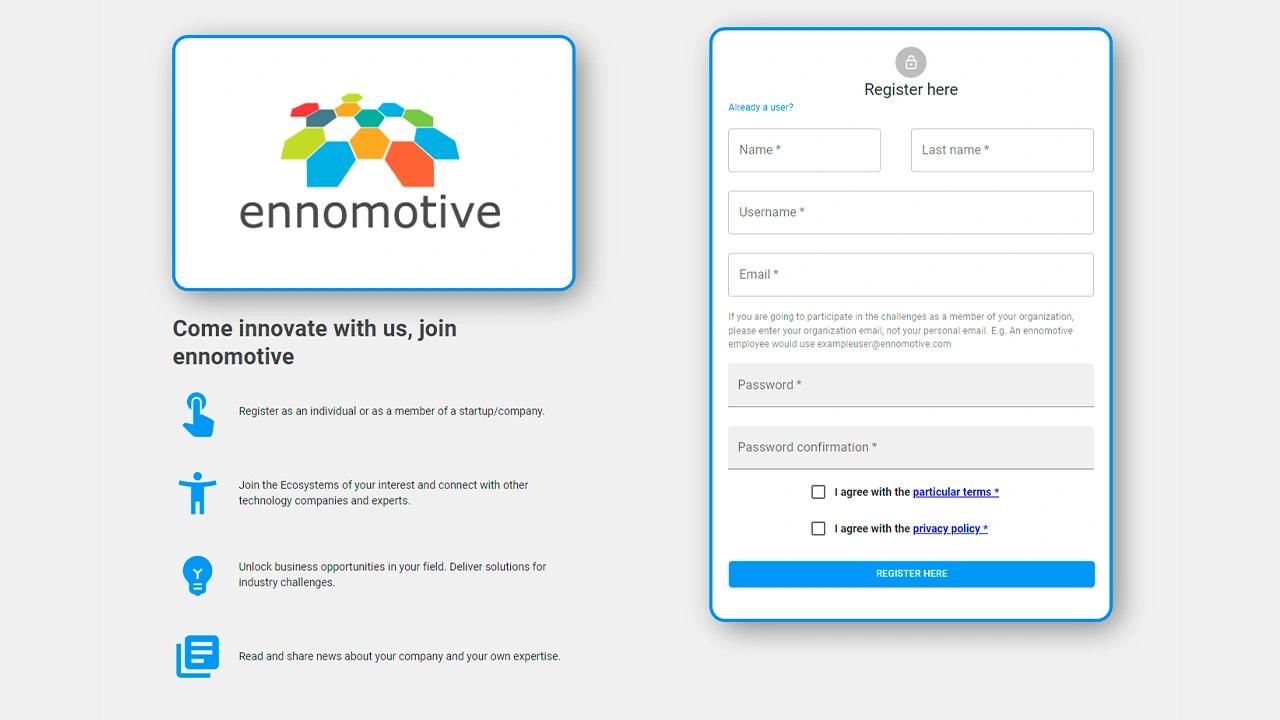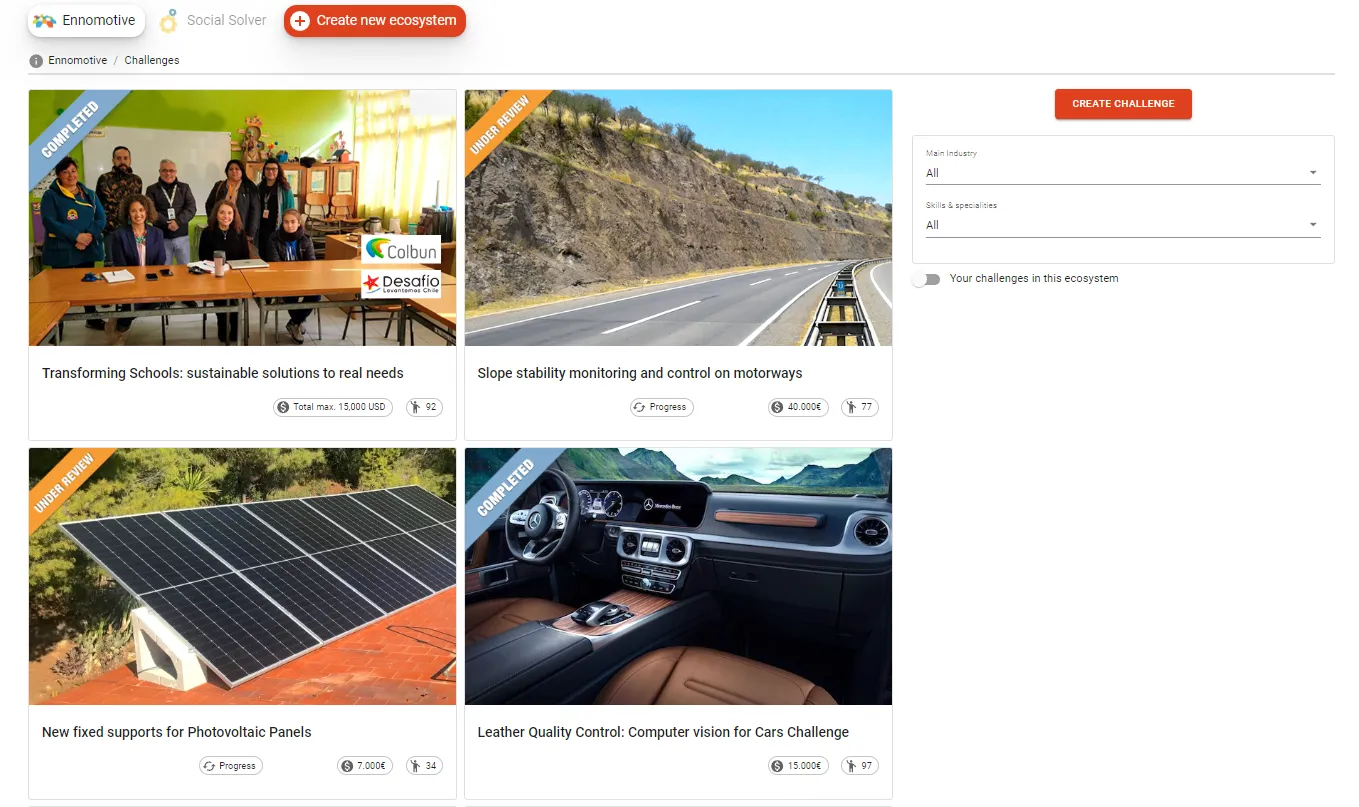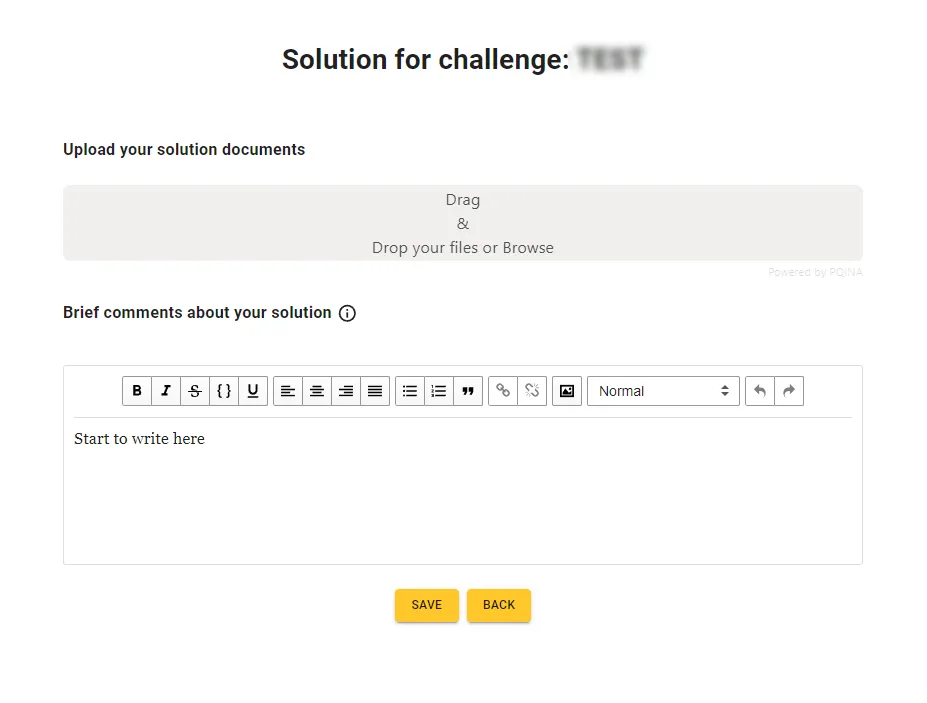Background
Pladur is the leading producer of plasterboard and drywall systems in Spain & Portugal. Founded in 1979 and combined with the strength of Uralita Group, Pladur has an in-depth knowledge of all aspects of the drywall industry from product manufacture to system design. Pladur works to continually develop and expand their range of products and services and to provide innovate new solutions tailored to the Iberian market’s needs.
The challenge
Pladur manufacturing process is very intensive in energy and water consumption.
Pladur is made from gypsum mineral that is treated with a complex process that consists of grinding, calcine, hydration and drying.
- During calcine the product loose water steam composed by 10.000 Kg water/hour in 140.000 m3 air/hour at 140-150 degrees Celsius. This water is thrown to the atmosphere through a chimney with a diameter of around 2 m.
- During hydration the process requires 40.000 kg/hour to hydrate the mass.
- During drying the product loose water steam composed by 30.000 Kg water/hour in 90.000 m3 air/hour at 100-110 degrees Celsius. This water is thrown to the atmosphere through a chimney with a diameter of around 2 m.
Natural gas ovens are used to heat the air for drying and the mass for calcine. The energy consumption during the calcine process is:
- 1.740 m3/h to heat 140.000 m3/h of air.
- Calcine process produces 57 T/hr of stucco (calcined gypsum).
- Key value is specific consumption: 300 kwh/T of stucco produced.
- Considered PCS (Net Heating value) of Natural gas is 11,7 kwh/m3. This is the average of year 2014.
The energy consumption during the board drying process is:
- 3.000 m3/h to heat 90.000 m3/h of air.
- Production rate is 8.300 m3/h of plasterboard.
- Key value is specific consumption: 4,22 kwh/m2 of plasterboard produced.
- Considered PCS (Net Heating value) of Natural gas is 11,7 kwh/m3. This is the average of year 2014.
The factory uses a pool of 4.000 m3 water.
Price for water is 2,5 €/m3 and gas is 35,7 €/Mwh or 0,003 €/m3.
The average cost of electricity during year 2014 was 92 €/Mwh. During year 2015, the same value could be considered. The values of cost for consumption (variable fee) depending on the time period are:
|
P1 |
P2 |
P3 |
P4 |
P5 |
P6 |
|
105,328 |
92,610 |
85,104 |
80,642 |
79,427 |
55,661 |
All values in €/Mwh.
Overall Pladur process is not efficient in terms of water consumption (for hydration) and waste (for calcine and drying).
What the client is looking for
Pladur is willing to economically recover the maximum volume of water from steam to be used for the hydration, at a lower cost compared to the cost of water consumption from the network. And this to be achieved with a minimal investment (recovery period of maximum 2 years).
The expected submission in each of the different rounds of the three-round tournament is:
First round
A 2 pages MS Word document including:
- Brief description of the proposed process.
- Types of equipment that will be used.
- High level business case (investment cost and recovered water cost/m3)
- In addition you can add attached document to support your solution
Second round
- Detailed process and costs
- Commercial equipment
- Detailed business case (project implementation, investment cost and recovered water cost/m3)
Third round
- Proposed implementation project
- Proposed implementation quotation
Evaluation criteria
The evaluation criteria in each of the rounds of the tournament for the proposed solutions are:
- Business case (cost to recover water)
- Investment required (maximum 2 years recovery)
Timeline
This is a 3 Rounds tournament:
1st round: 8 weeks + 1 week for evaluation
2nd round: 4 weeks + 1 weeks for evaluation
3rd round: 3 weeks + 1 week for final evaluation



